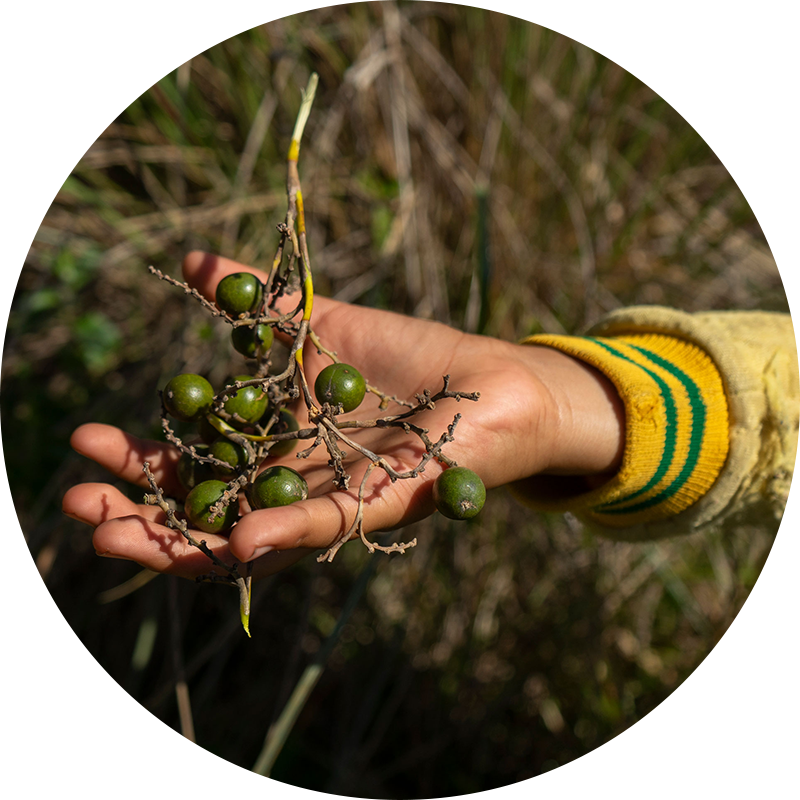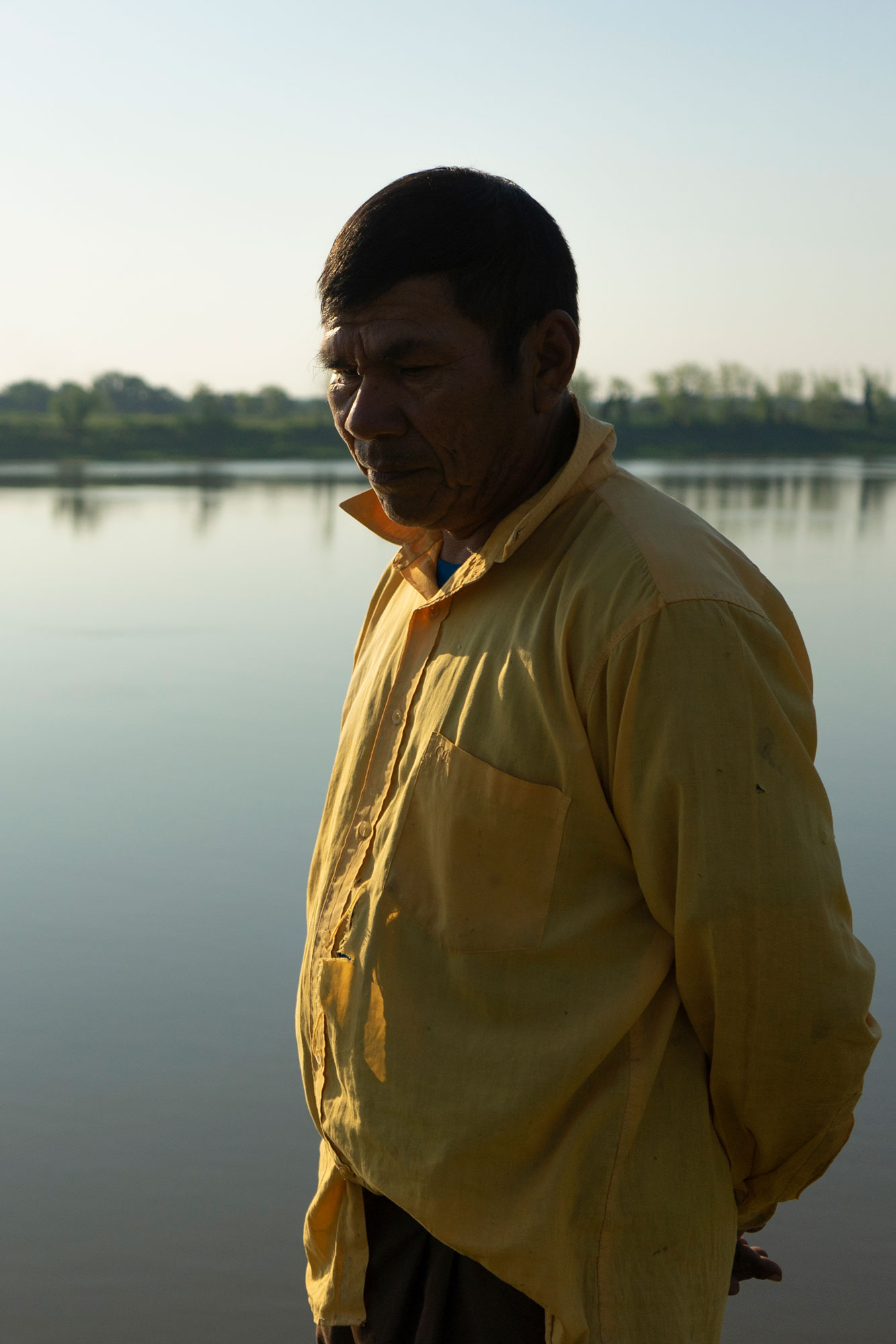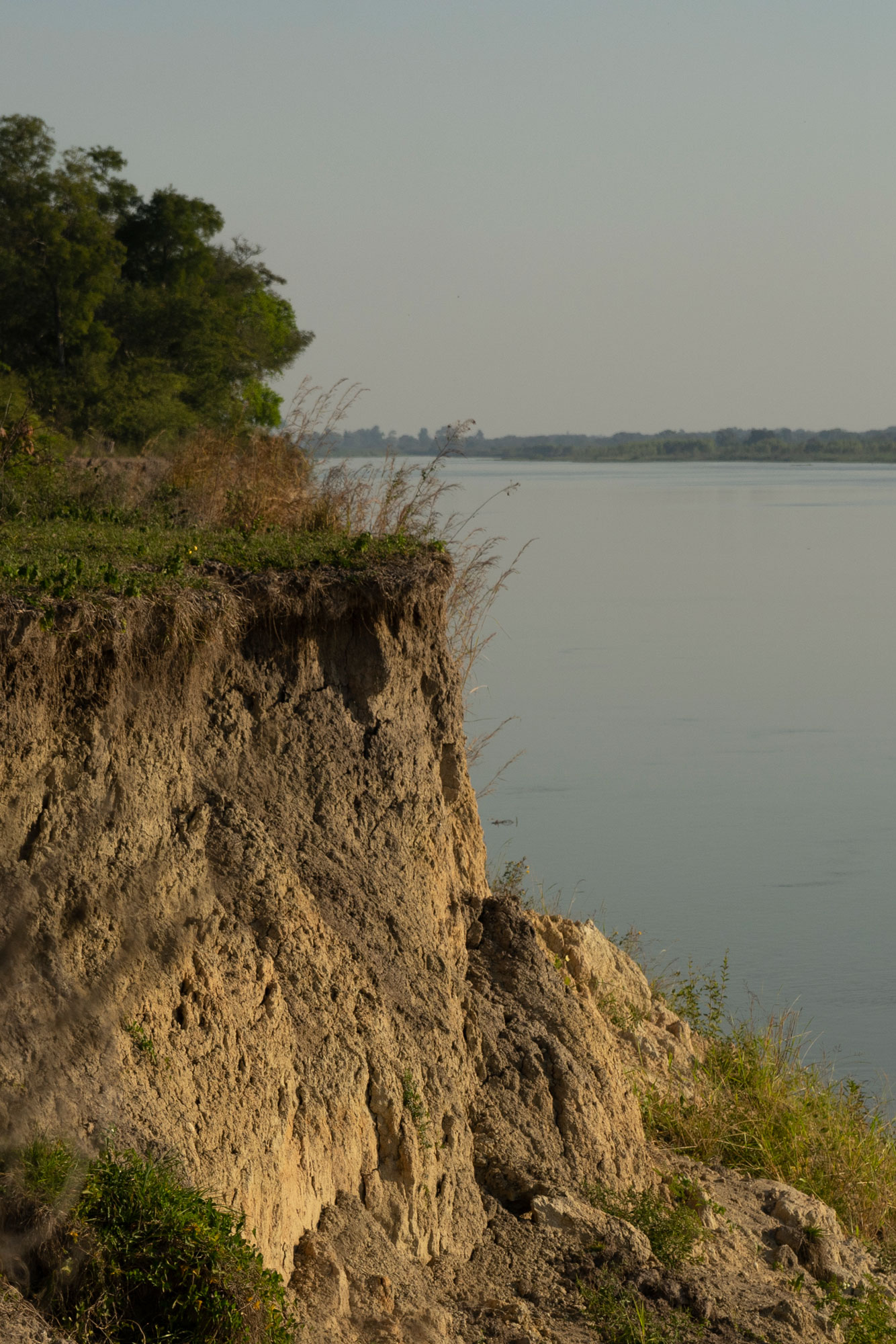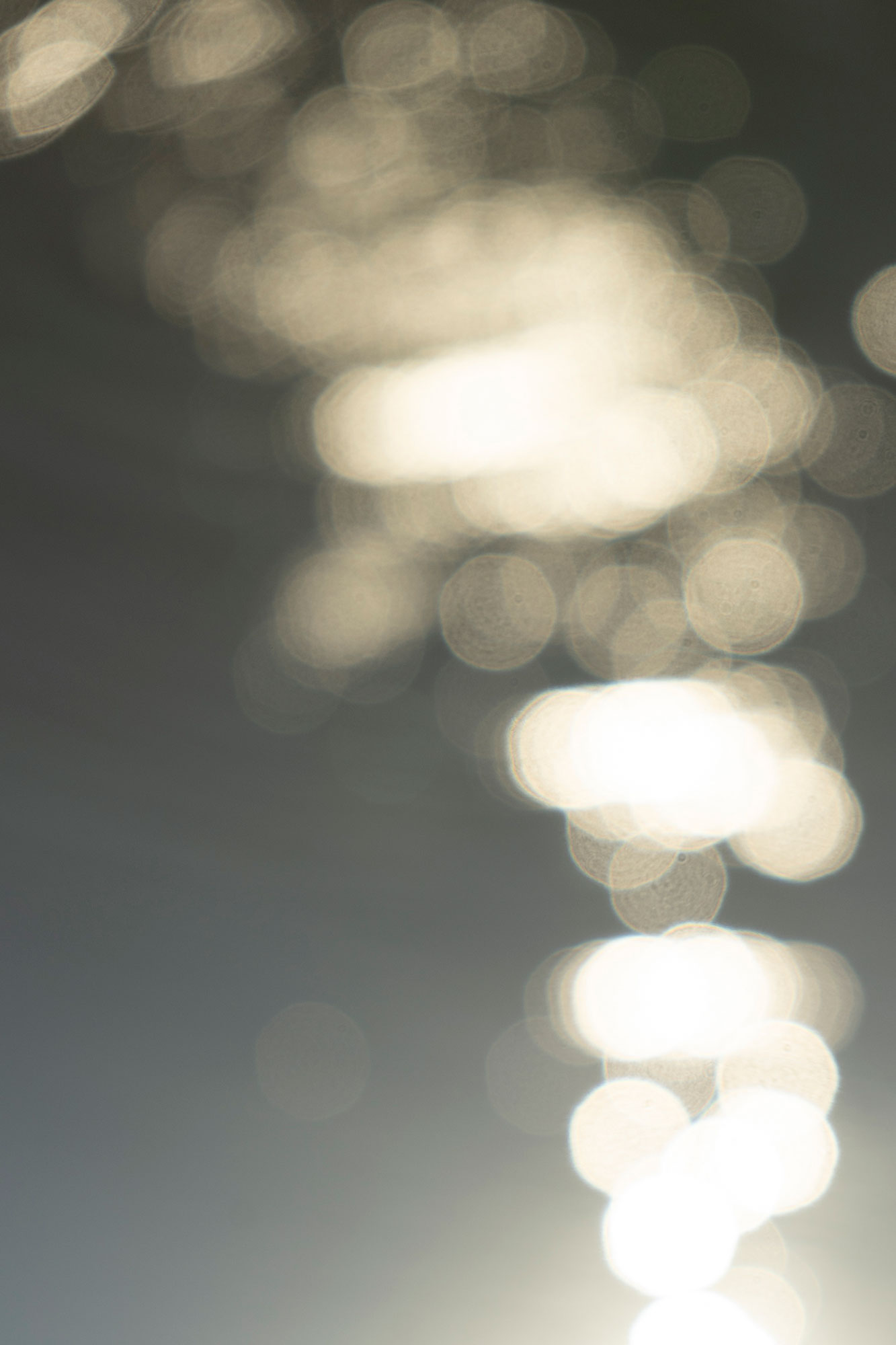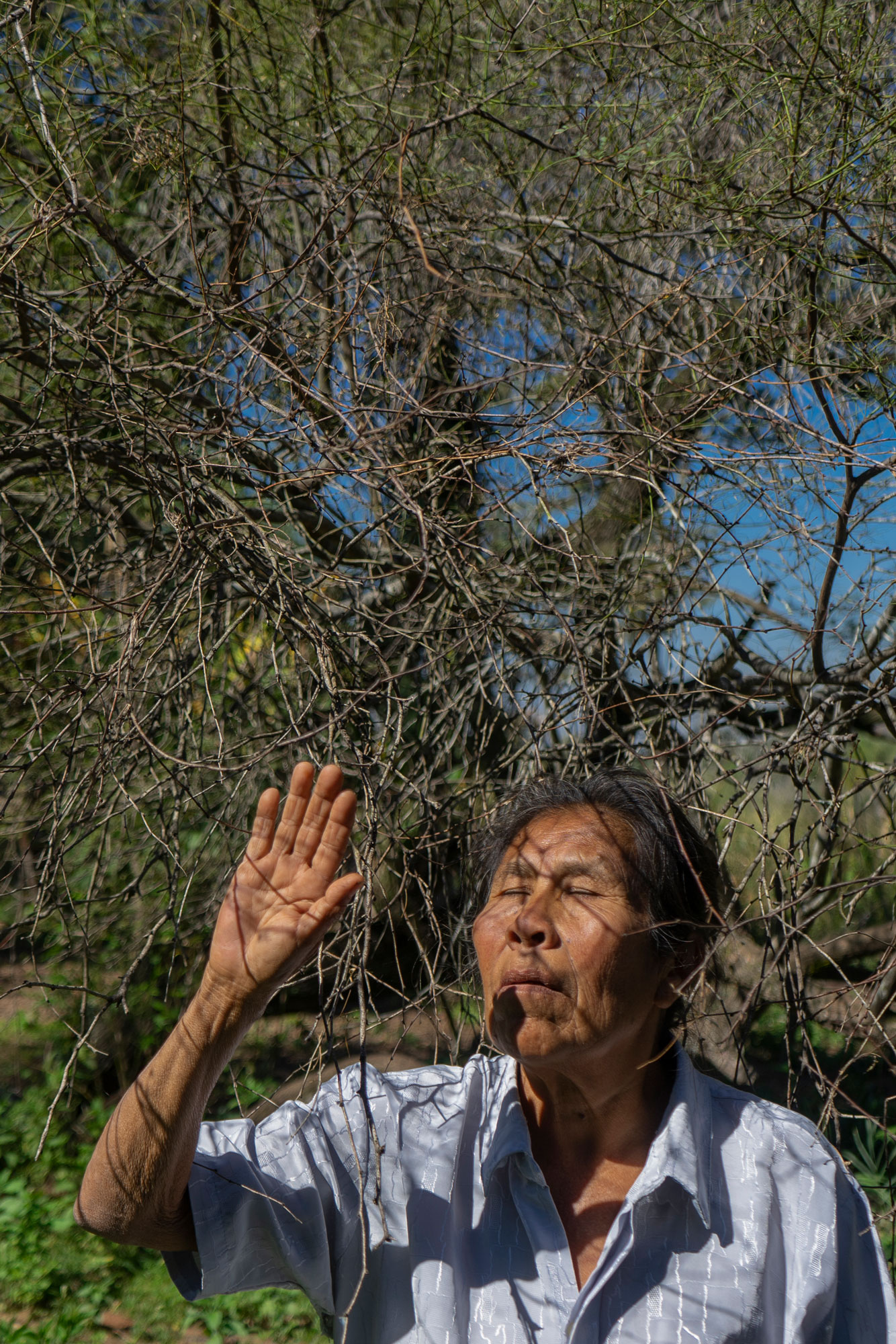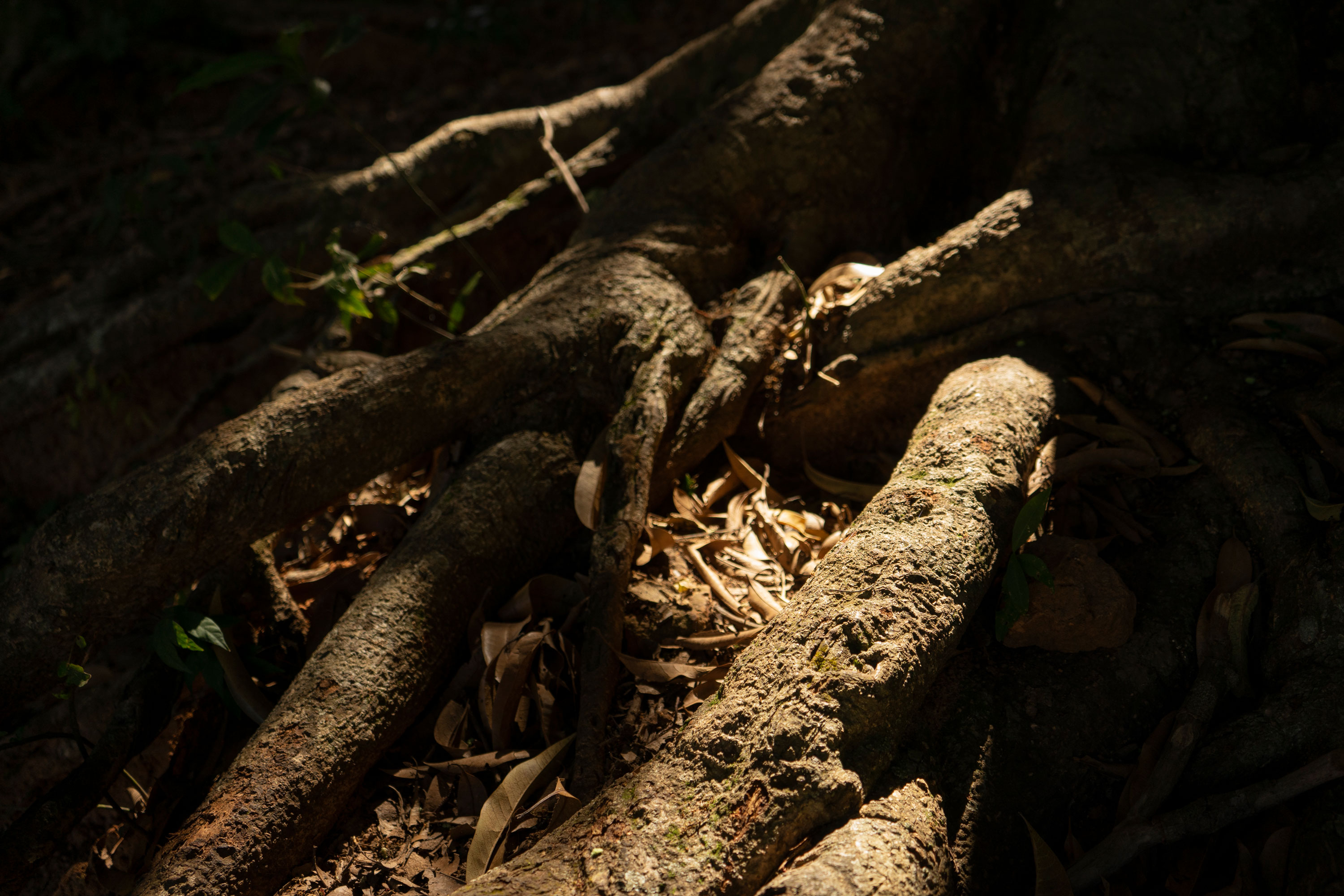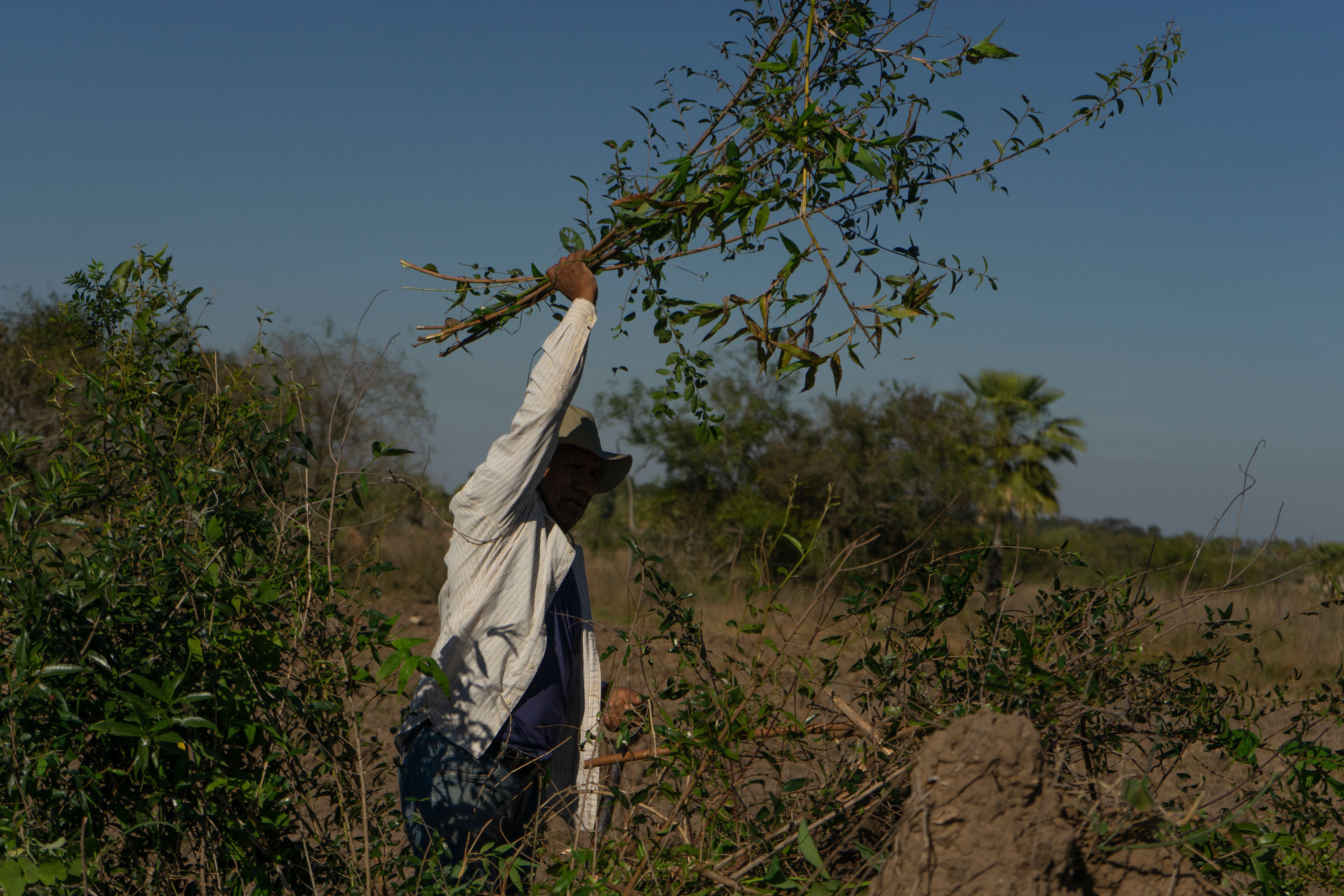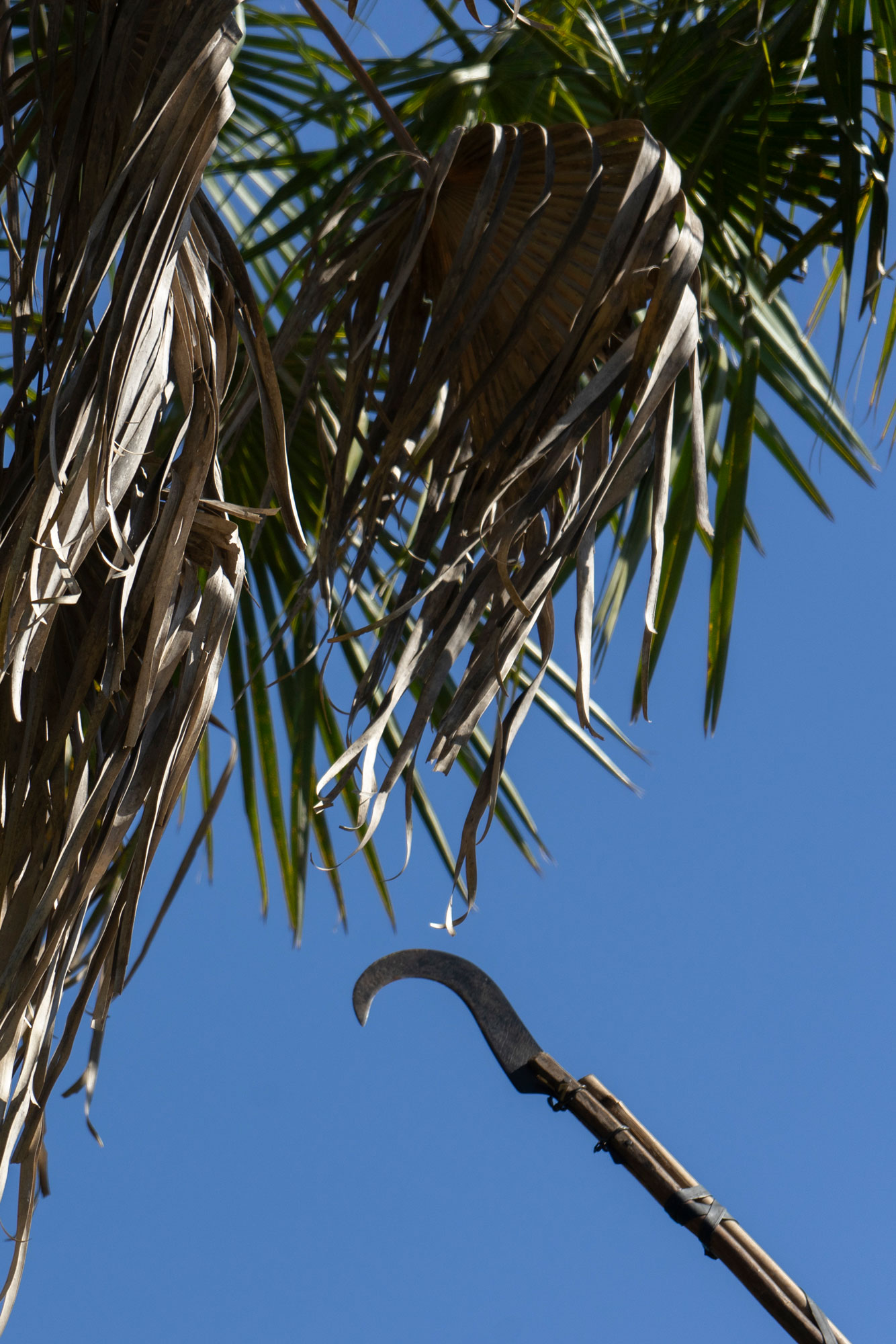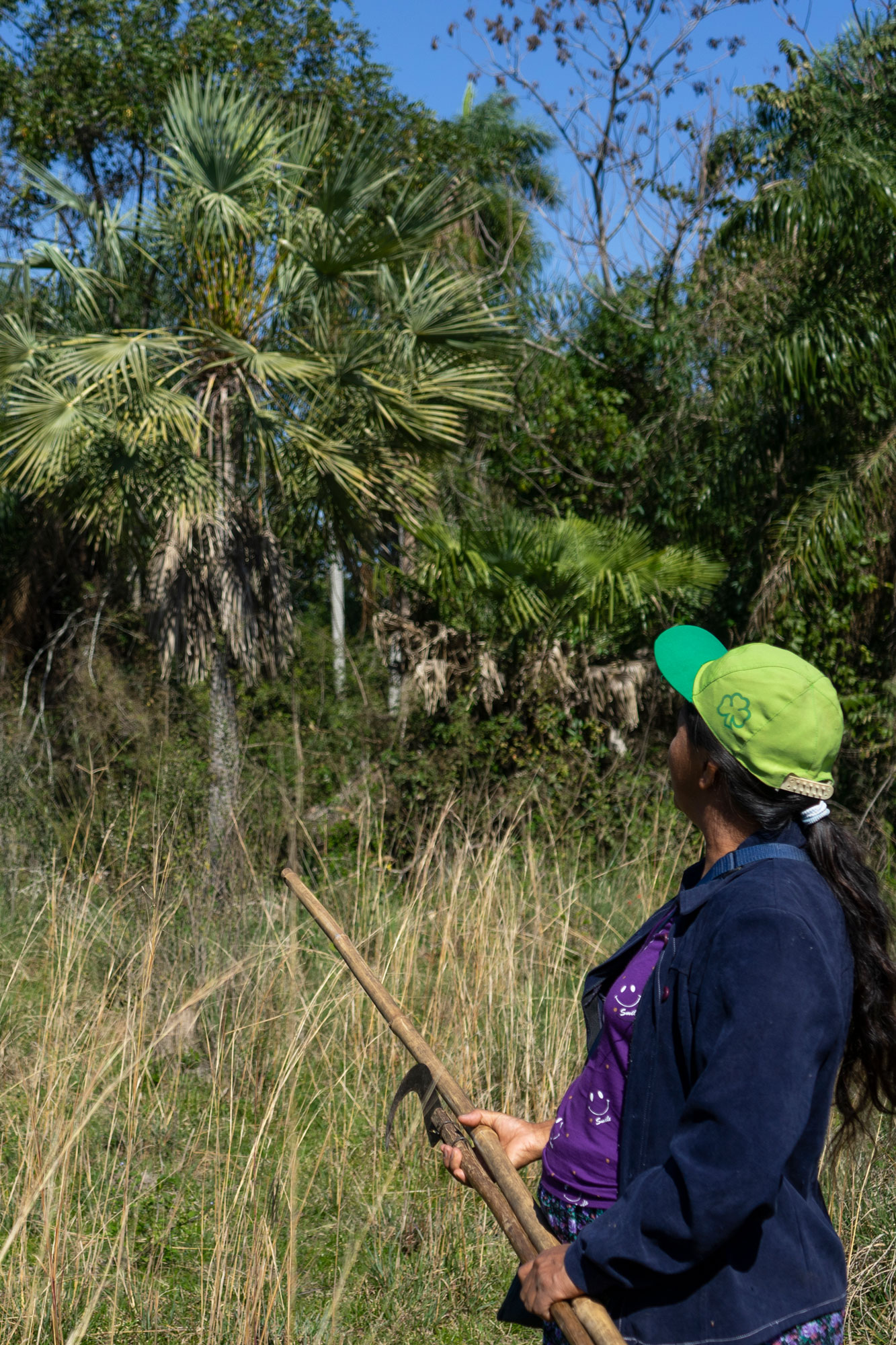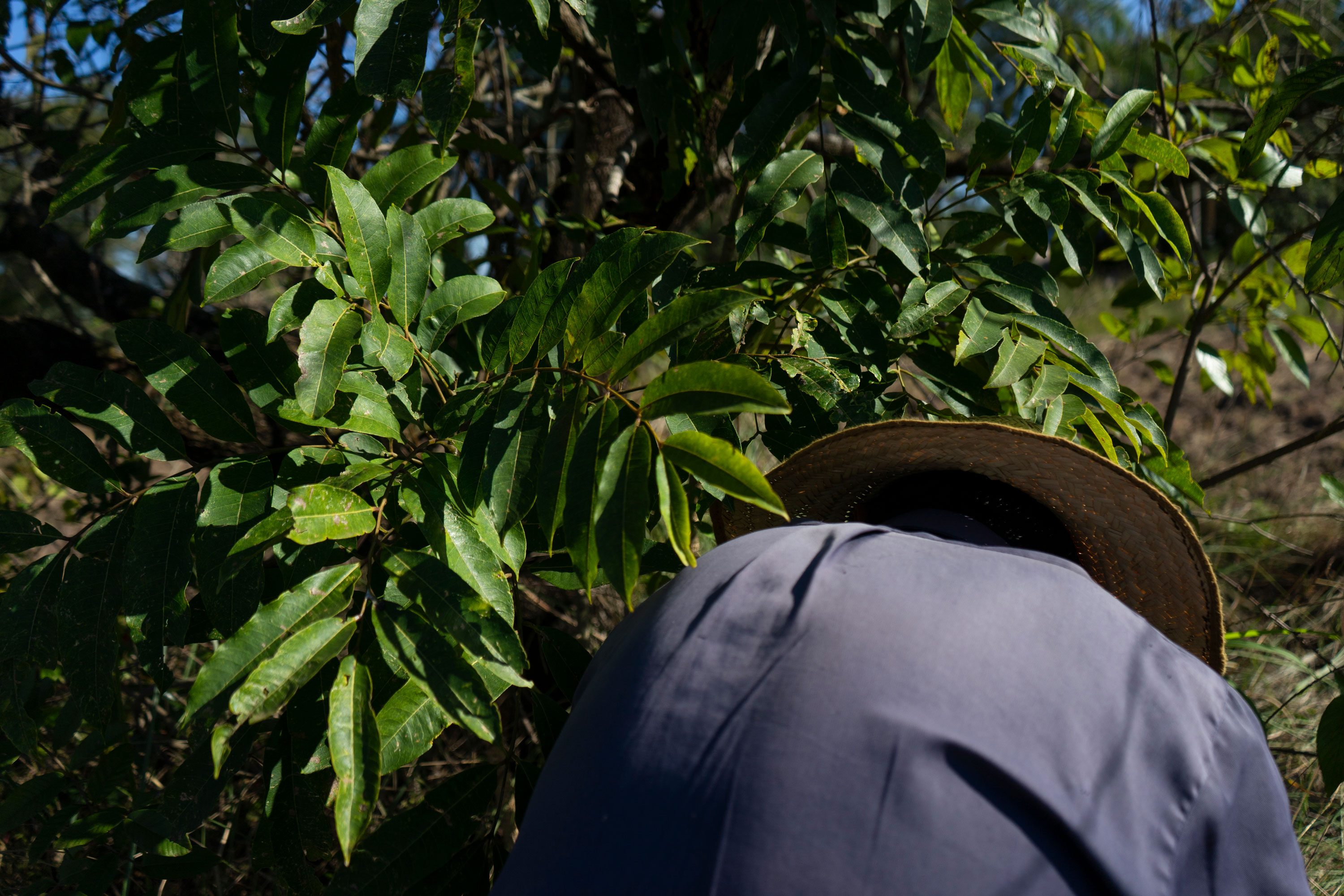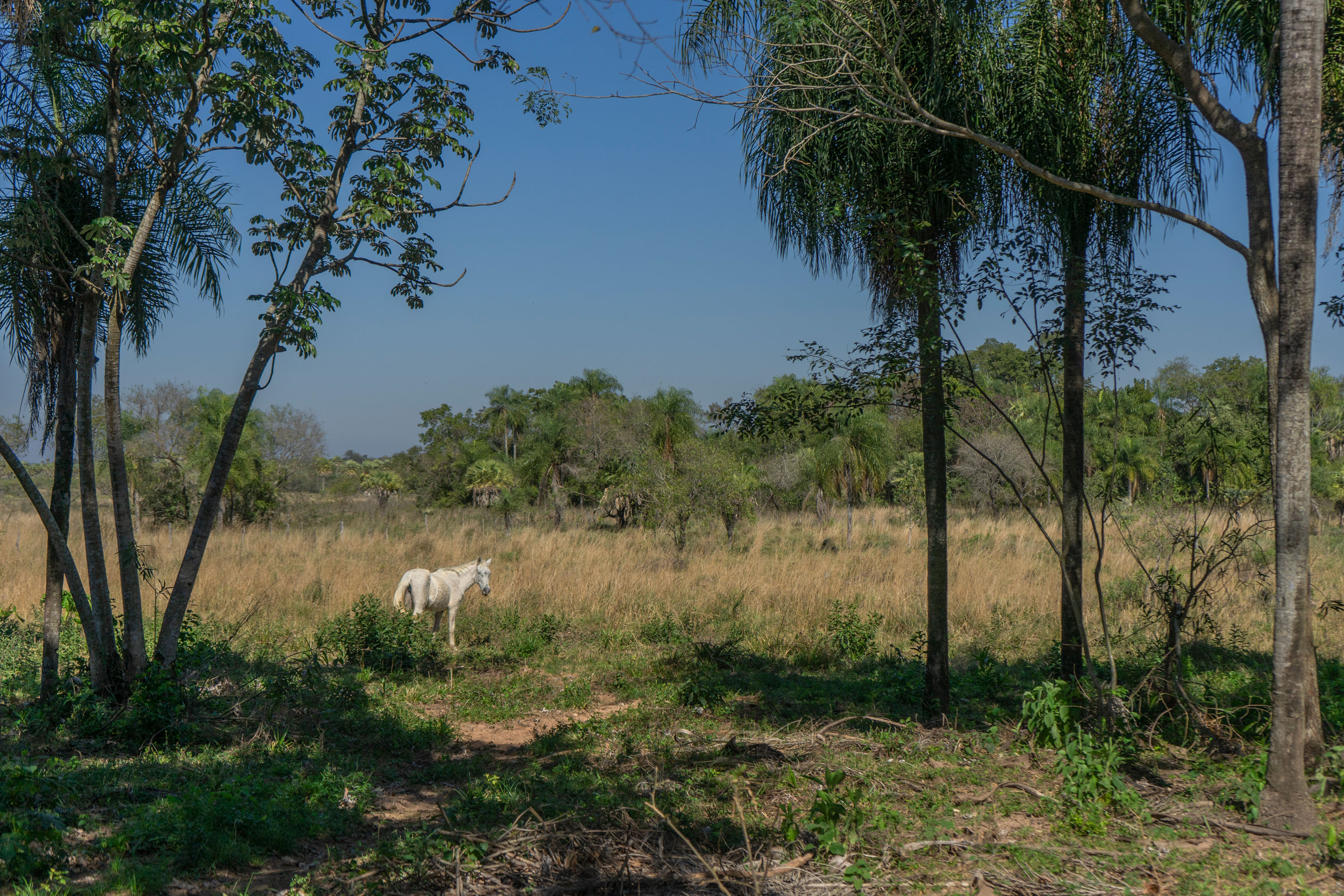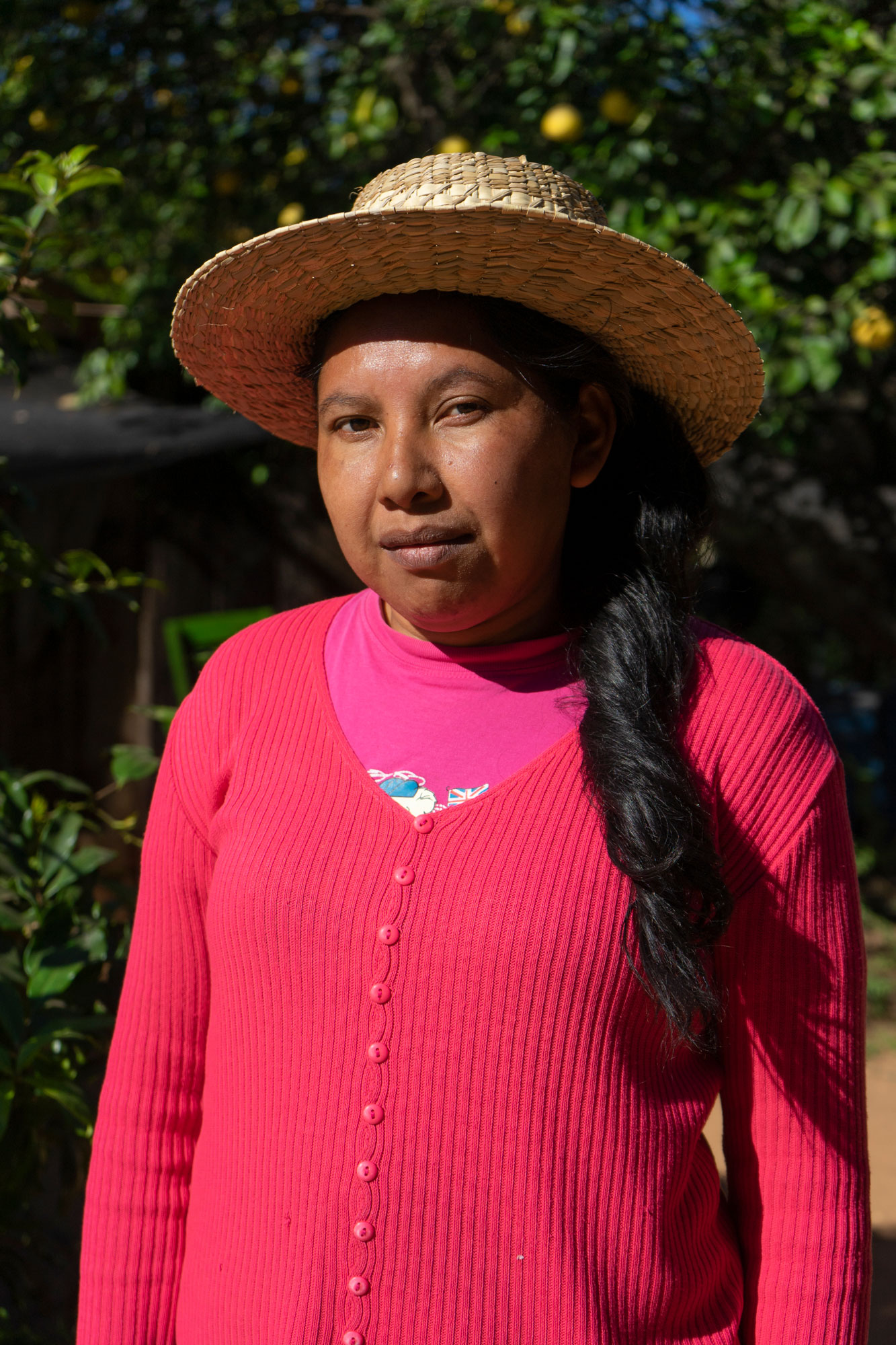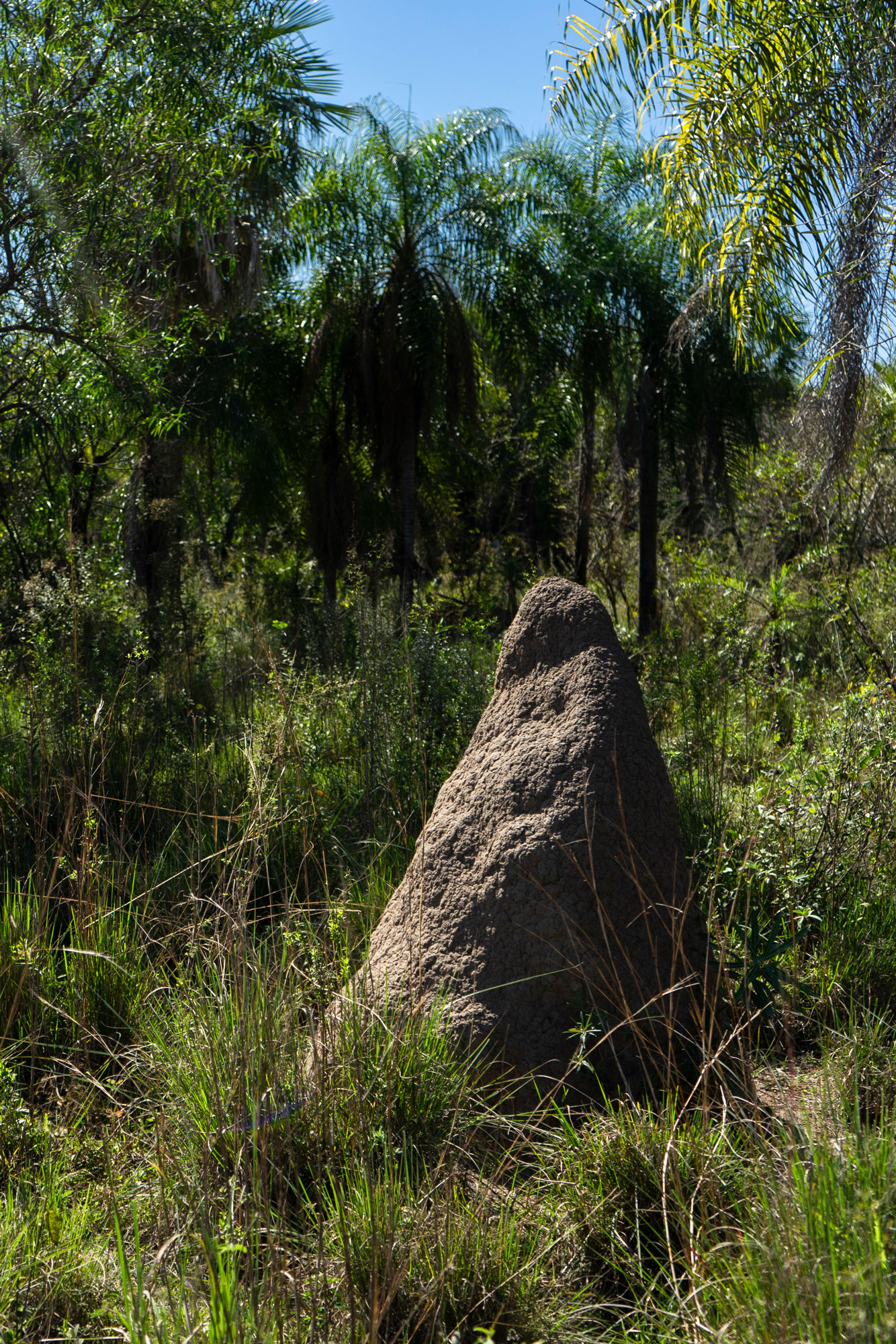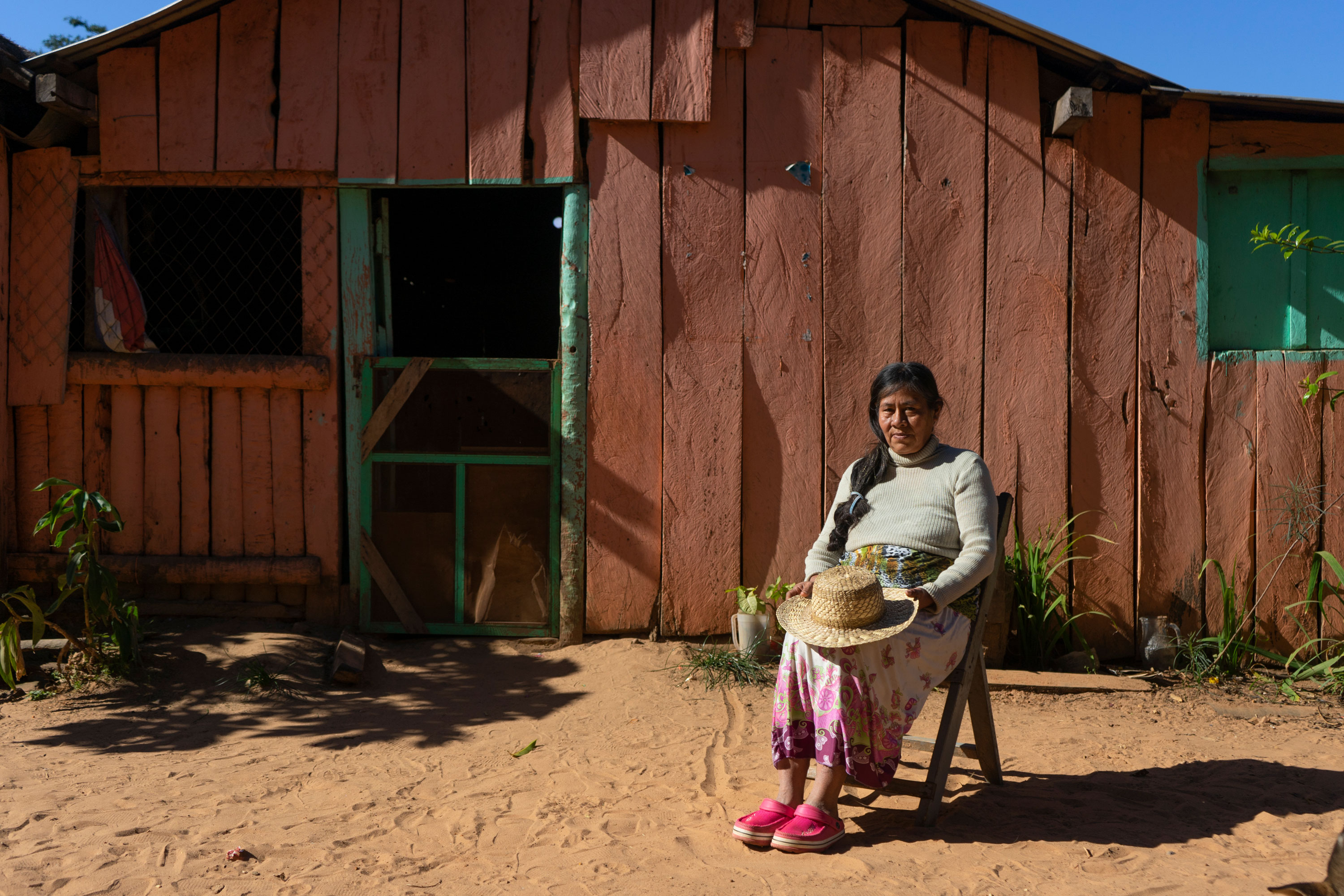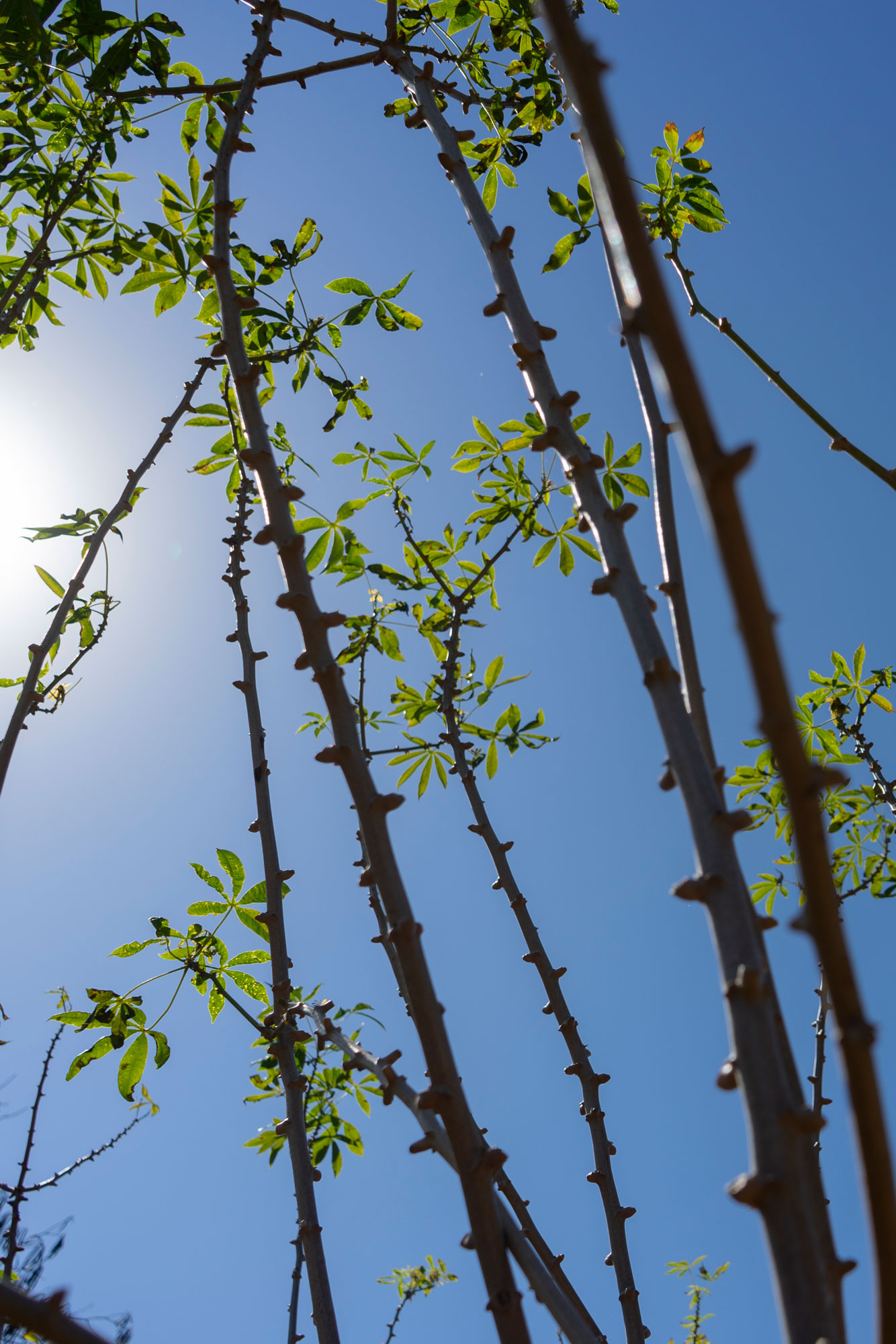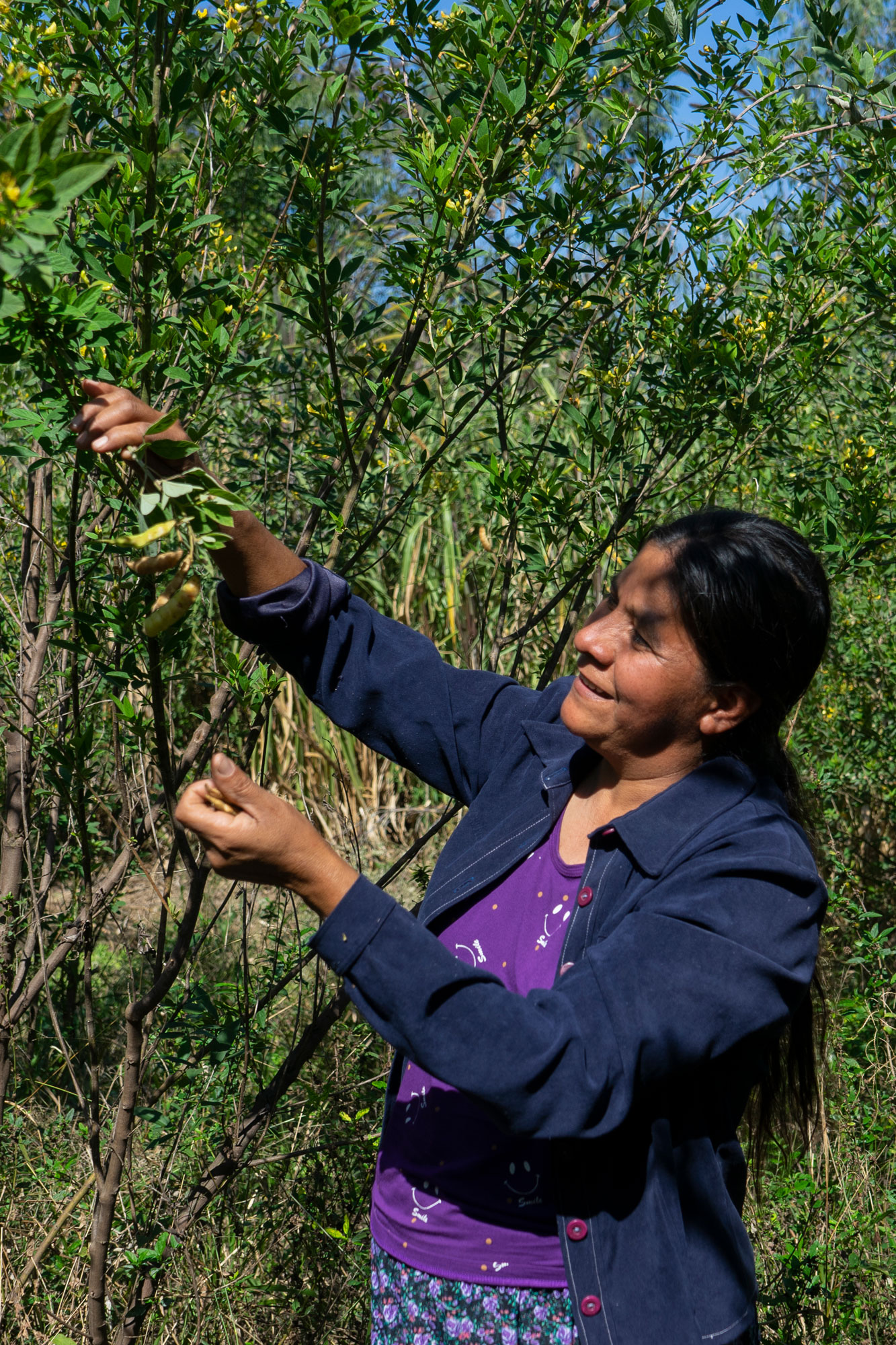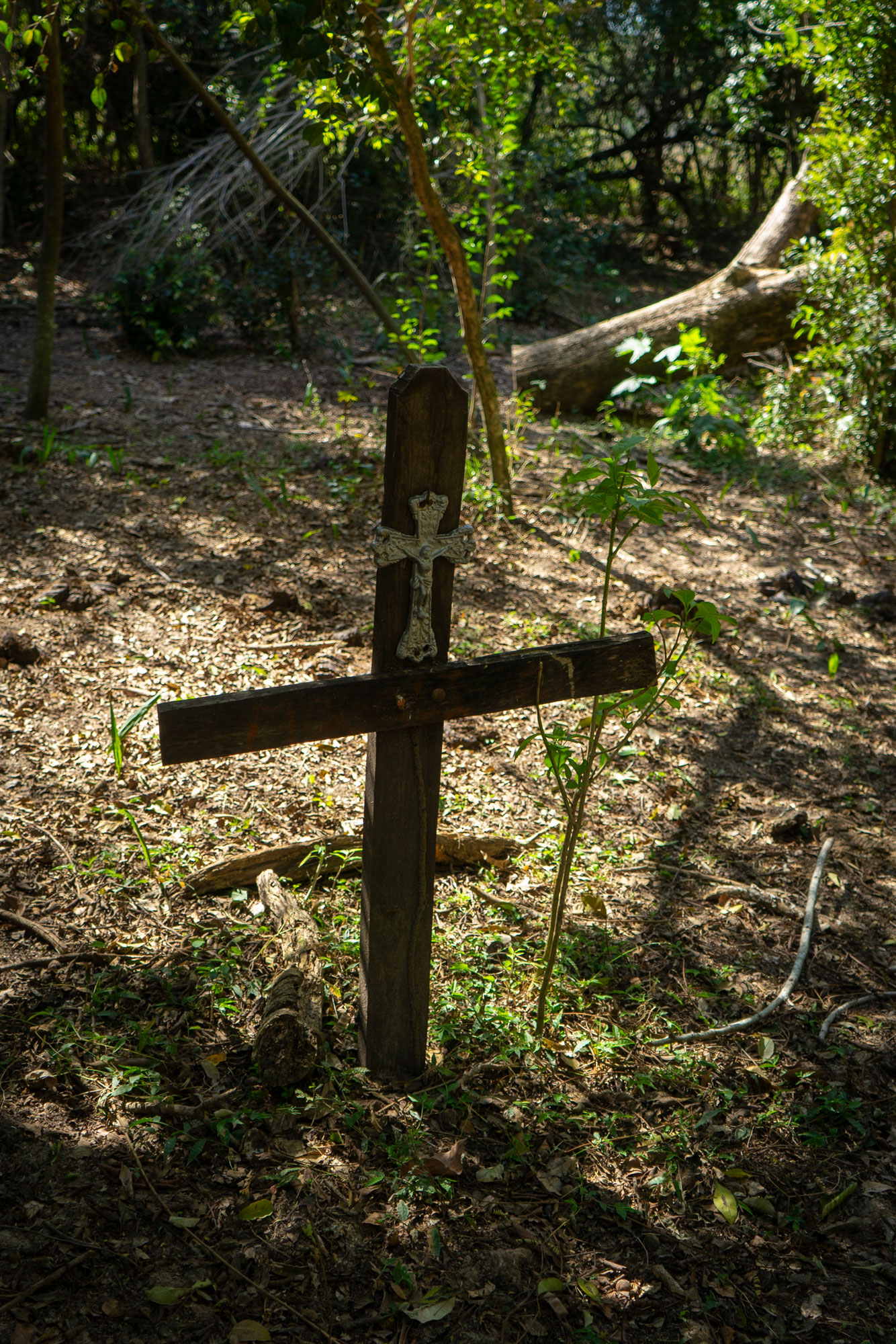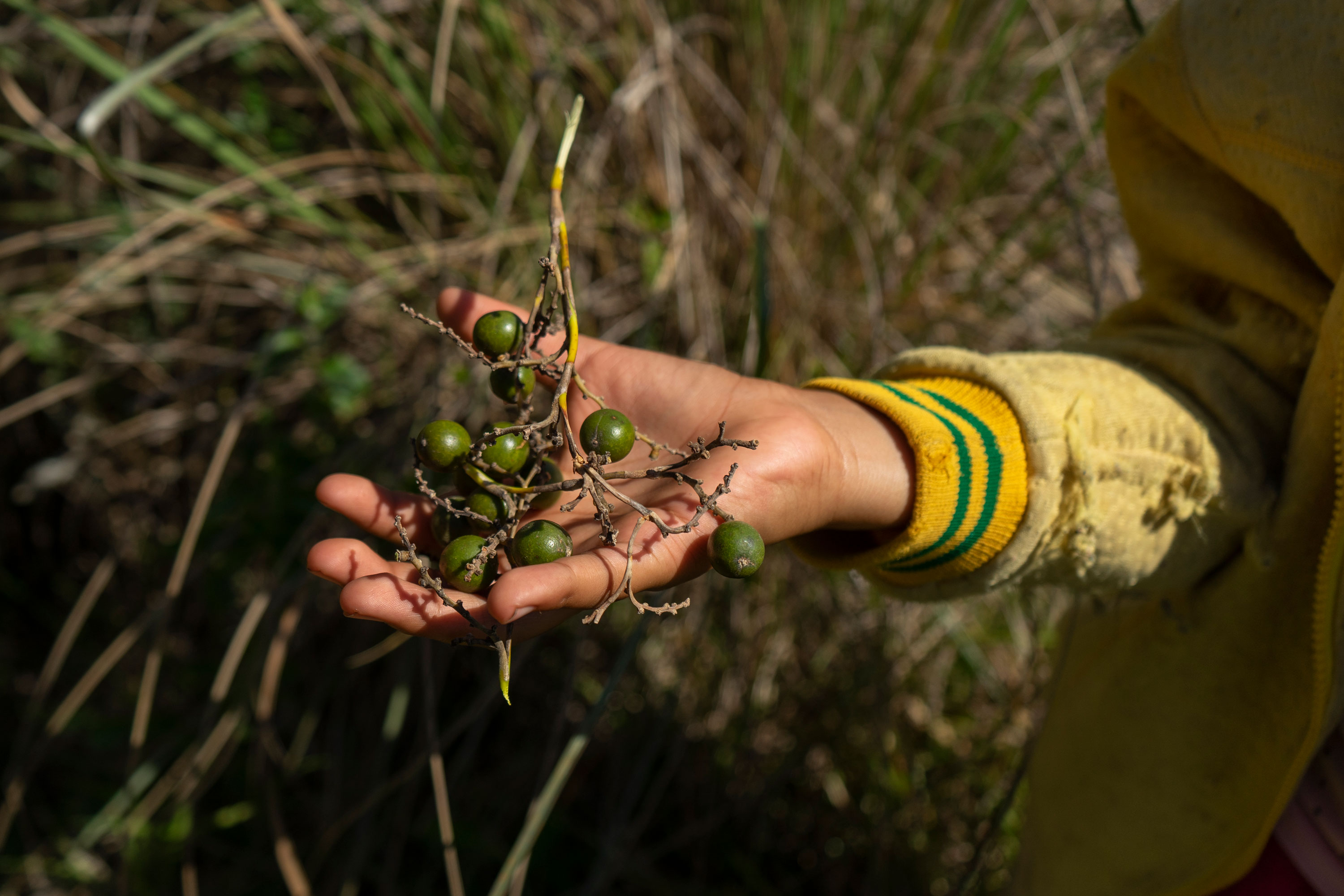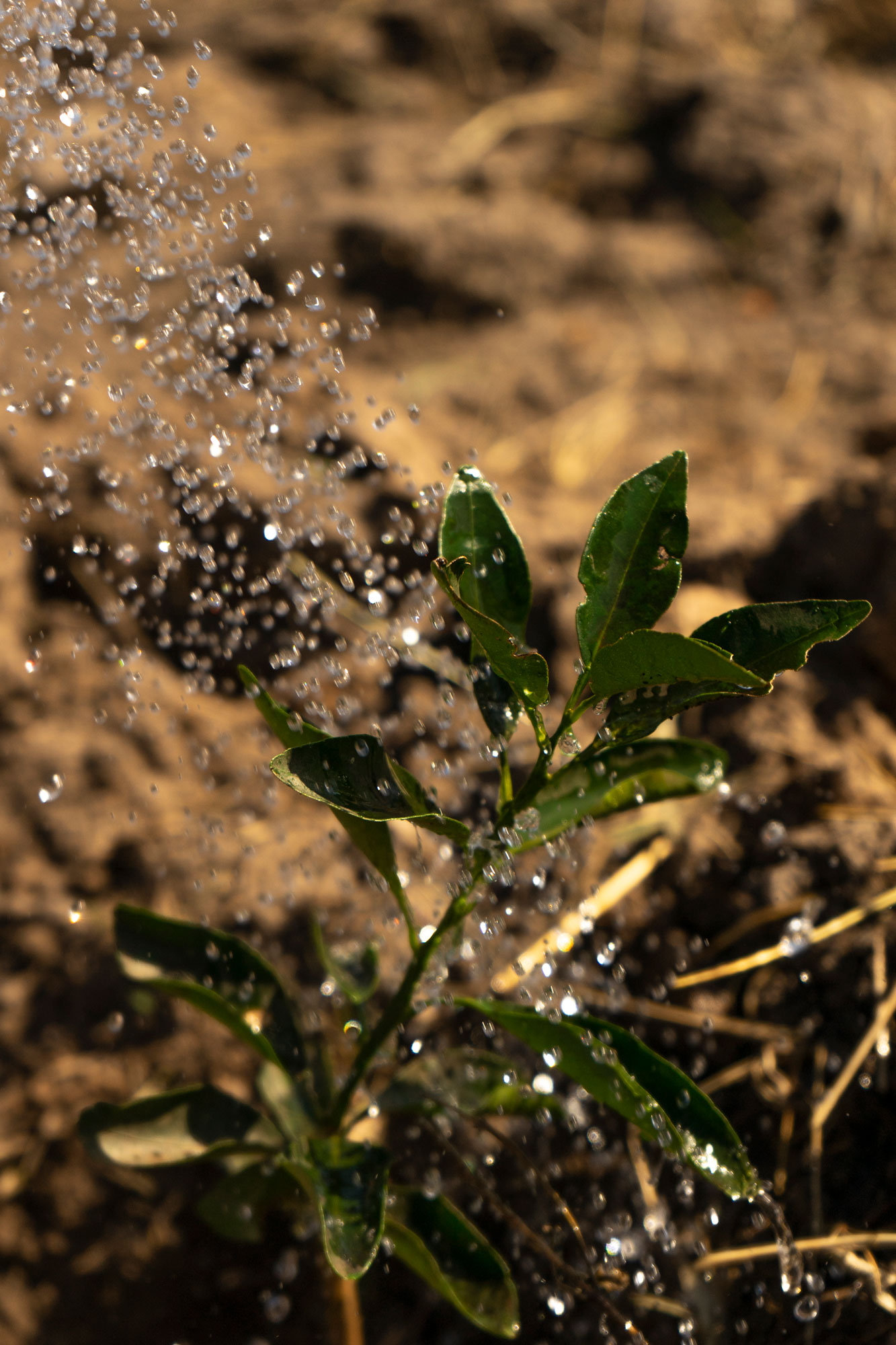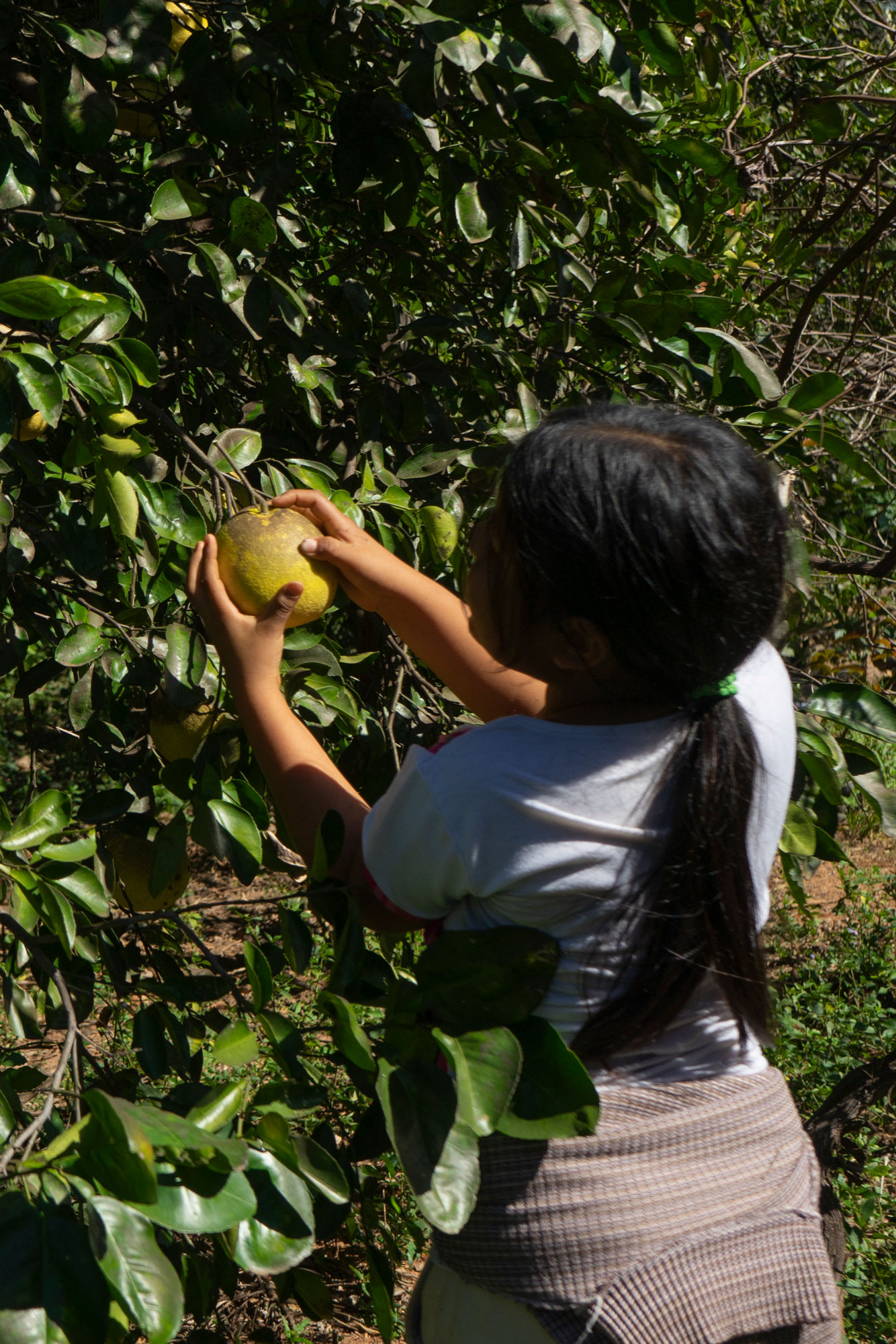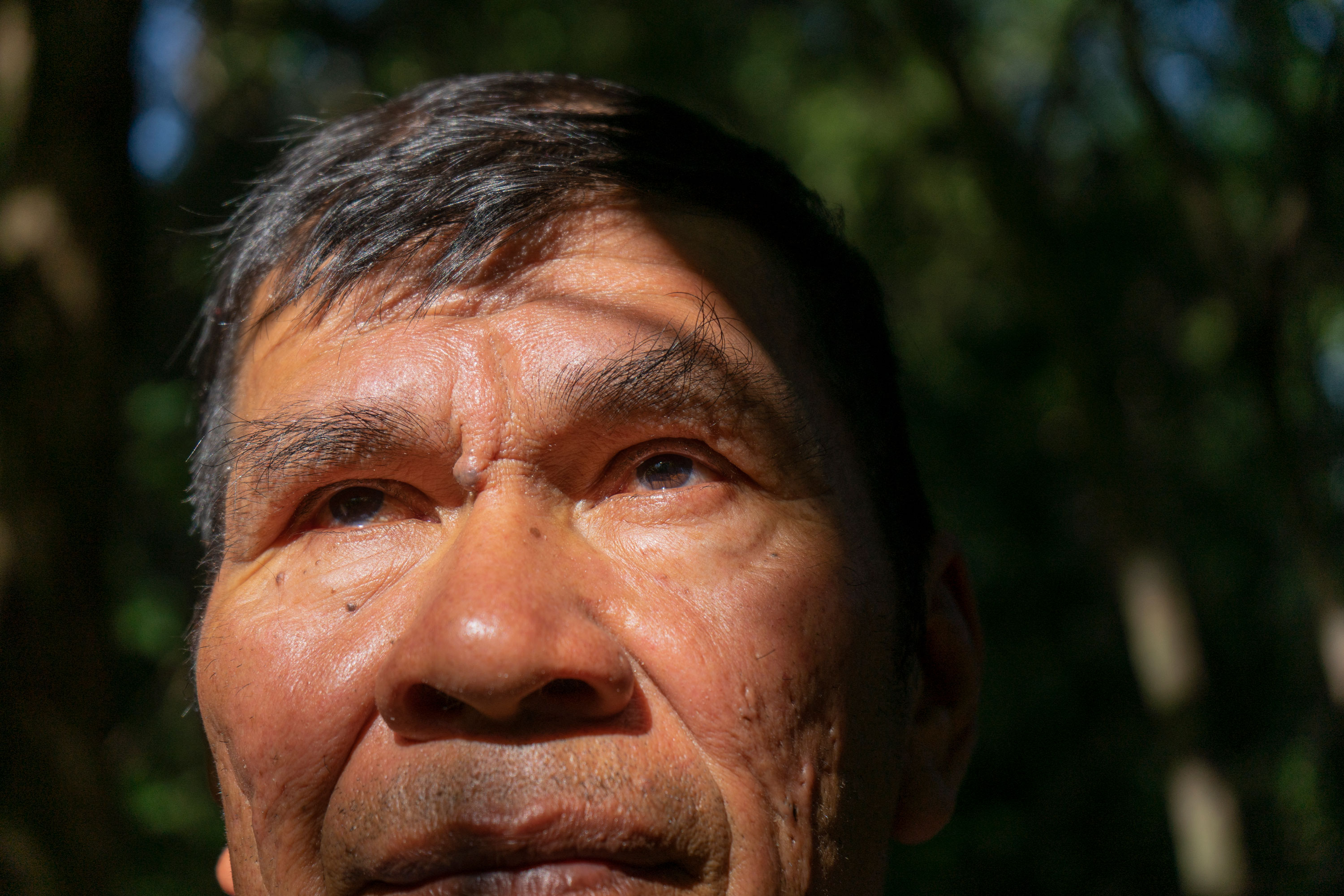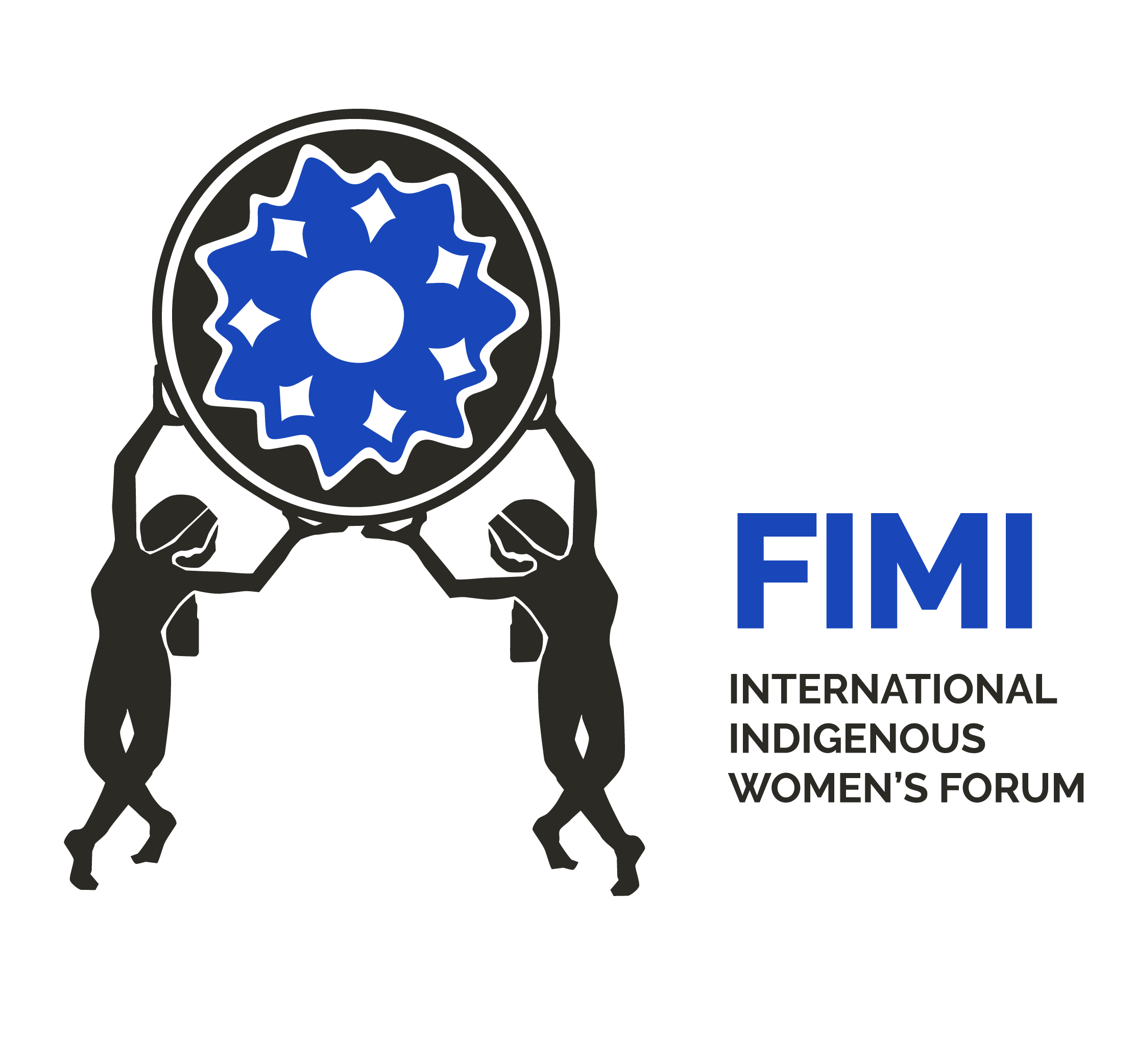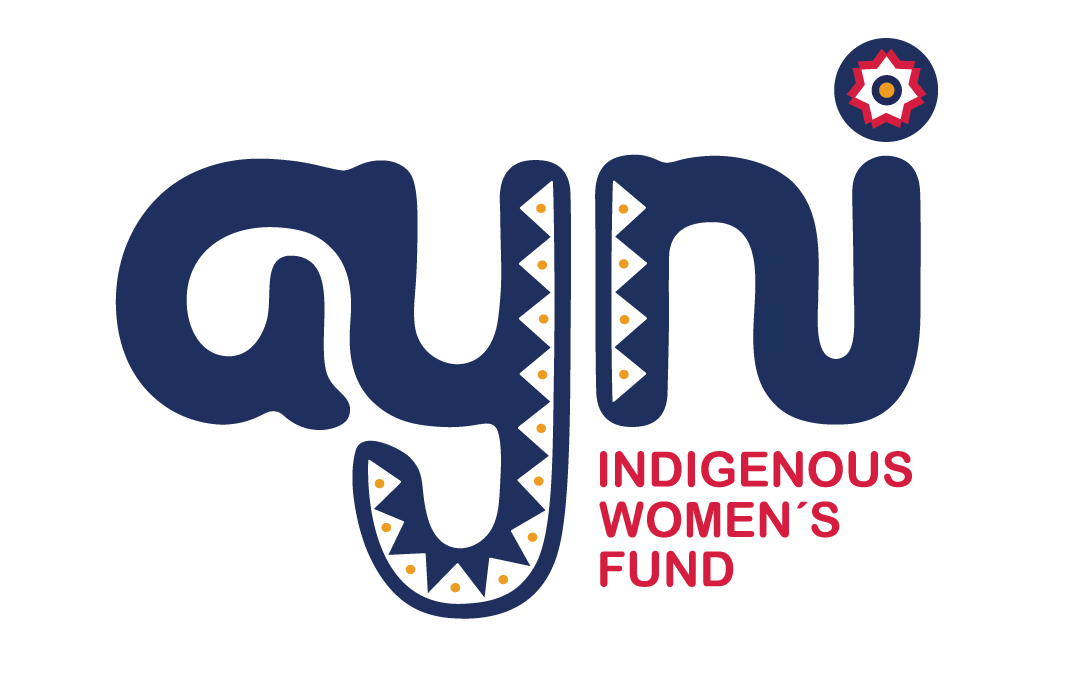“Today, everything is privatized and there are too many prohibitions,” laments Pedro Marengo Caballeros, who has served for 22 years as leader and chief of the community in Villa del Rosario, populated by the descendants of those who found refuge on the eastern banks of the Paraguay River, which separates the Chaco from the country’s verdant east. (The community’s full name‚— Qom Bagia Loge Lacheg—means those who live by the river). The lifestyle practiced by the community’s ancestors not so long ago is, today, impracticable.
In 1994, the Paraguayan government finally recognized a patch of 154 hectares as Qom land, expanded thanks to community activism to 2,777 hectares two years later. “And they are lucky: there are communities that continue to be expelled to this day because they do not have the proper papers,” says Augusto Fogel, director of the Agrarian Technology and Communitarian Organization Service (SATOC), a Paraguayan NGO that has worked with Indigenous Communities since 1990.
Today, the Qom from Villa Rosario live principally in two different villages within the territory that officially belongs to them: Palma, with 37 families, and Boquerón, with another 26 families. Their main language is Qom L'aqtaqa, but they also speak Guaraní and Spanish as a third language.
